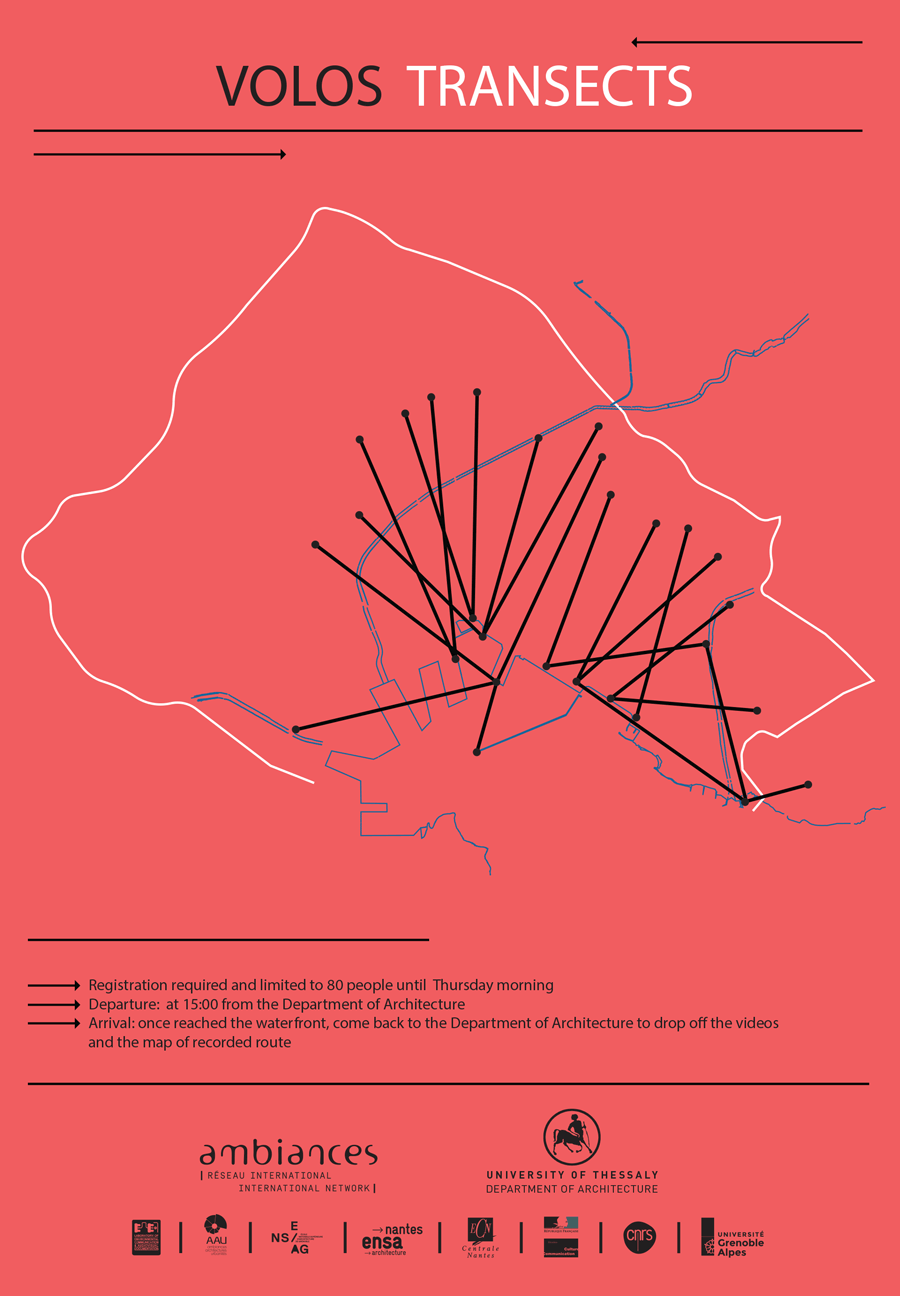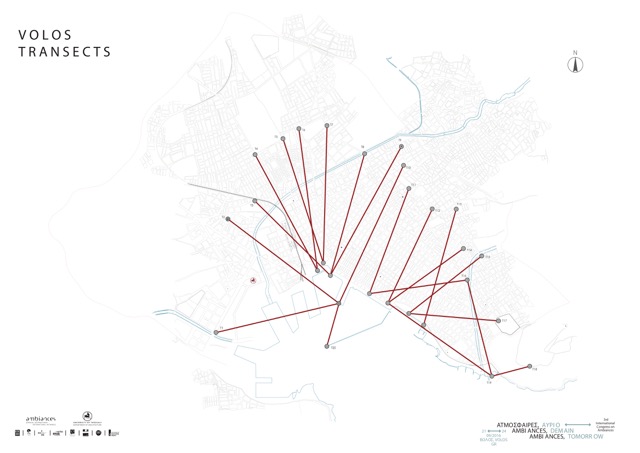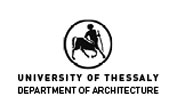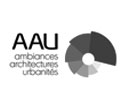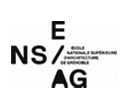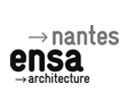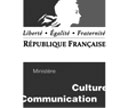Volos transects
Urban transects, principles
For a geographer, the term transect refers to “a device of land observation or space representation along a linear path and developed on its vertical dimension, intended to emphasize a spatial overlay or succession, or the relationships among phenomena” (Marie-Claire Robic, 2005). Applied to the development of a territory, the transect is a practice whose elements have been theorized and implemented in the early twentieth century, especially by the Scottish urban planner and botanist Patrick Geddes.
Technical representation as much as field practice, the transect is revisited today. For us, it is a hybrid device between a technical section and a sensible journey: it is built by drawings, photographs, measures, texts or videos, as far as it is practiced in situ by perception, speech, wandering, usually by walking. Rehabilitating de facto the atmospheric dimension in urban representation, making it possible to record the accounts of the residents in specialized interdisciplinary debates, the transect becomes a query and expression tool of the sensible space and the real-life practices.
As said, the transect allows articulating the two usually disconnected positions of analysis and design. If it borrows from surveying its ability to identify and collect the most different situations, it also refers to the Mnemosynes atlas of Aby Warburg and the evidential paradigm of Carlos Ginzburg (“paradigme indiciaire”. The changeover from plan to section allows deploying the city in its social, environmental, historical depth and on project base. Graphic representations, life stories, perception of ambiances... The transect becomes a shareable and amendable workspace between local actors – residents, experts, as well as decision makers and designers. In Deleuze’s terms, we are making a symbol of an approach to the city from the “milieu”.
Between the grand, historical account of a city and those micro, pragmatic accounts of the usage, for us, the transect seems to be an ideal narrative instrument to help conceive the urban ambiances of tomorrow as well as to record an urban project in the dynamic of its heritage.
Volos
To explore Volos and its ambiances during the Congress, we have planned 20 transects at about 2 km long each. 20 taxis will take 4 people per taxi, a total of 80 congressmen to 20 different points of departure. Each team (of 4), mixed as much as possible in nationality and in their fields of research, will try to stay as close as possible to the assigned line of transect and mark their journey on a map.
With tools developed by LECAD, we will couple these transects with the simple video recordings (with cell phones) in order look at the 20 transects through crosscut videos and themes.
The result of the workshop will be presented at the end of dialogue 2, Friday septembre 23rd at the amphitheater outside of the Department of Architecture.
Instructions
Registration required and limited to 80 people.
Departure: at 15:00 from the Department of Architecture
Arrival: once reached the waterfront, come back to the Department of Architecture to drop off the videos and the map of recorded route.
Team for each transect:
- 1 cartographer to mark the route and the point of filming on the map (provided by the Congress)
- 1 video maker to take short videos according to the provided theme (with his own camera)
- 1 writer to record the reasons for the filming and Keywords (in English)
- 1 photographer to document the team in action (with his own camera)
A workshop designed by Giorgos Kalaouzis, George Papakonstantinou, Nicolas Rémy, Nicolas Tixier.
With the contribution of Chrysothemi Kouloumenta, Ellie Petridi, Vagelis Agatsas, Spiros Kapogiannopoulos, Miltos Tsakiris, Christina Maroudis, Katerina Katsigianni, Katerina Anastasiou, Evi Vrouza, Alex Vounatsos, Konstantina Koukogianidou, Eva Kosvyra, Maria Anastasiadou.
The resulting video segments can be displayed using the filtering application provided here.
Important Dates
4 Jan. 2016:
Deadline for abstract submission
20 Fev. 2016:
End of review phase
25-26 Fev. 2016:
Feedback to authors
3 May 2016:
9 May 2016:
NEW Deadline for article submission
21-24 Sept. 2016:
Congress
